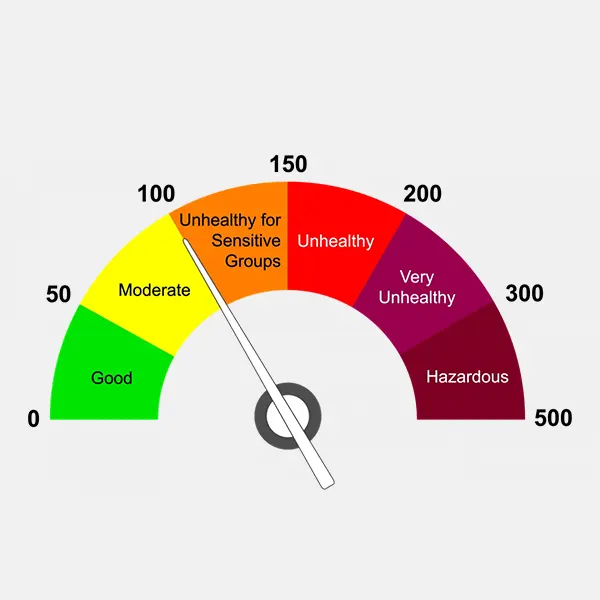Description
In addition to land and water, air is the prime resource for sustenance of life. With the technological advancements, a vast amount of data on ambient air quality is generated and used to establish the quality of air in different areas. The large monitoring data result in encyclopaedic volumes of information that neither gives a clear picture to a decision maker nor to a common man who simply wants to know how good or bad the air is? One way to describe air quality is to report the concentrations of all pollutants with acceptable levels (standards). As the number of sampling stations and pollution parameters (and their sampling frequencies) increase, such descriptions of air quality tend to become confusing even for the scientific and technical community.
As for the general public, they usually will not be satisfied with raw data, time series plots, statistical analyses, and other complex findings pertaining to air quality. The result is that people tend to lose interest and can neither appreciate the state of air quality nor the pollution mitigation efforts by regulatory agencies. Since awareness of daily levels of urban air pollution is important to those who suffer from illnesses caused by exposure to air pollution, the issue of air quality communication should be addressed in an effective manner. Further, the success of a nation to improve air quality depends on the support of its citizens who are well-informed about local and national air pollution problems and about the progress of mitigation efforts.
To address the above concerns, the concept of an Air Quality Index (AQI) has been developed and used effectively in many developed countries for over last three decades (USEPA 1976, 2014; Ontario, 2013; Shenfeld, 1970). An AQI is defined as an overall scheme that transforms weighted values of individual air pollution related parameters (SO2, CO, visibility, etc.) into a single number or set of numbers. There have not been significant efforts to develop and use AQI in India, primarily due to the fact that a modest air quality monitoring programme was started only in 1984 and public awareness about air pollution was almost non-existent. The challenge of communicating with the people in a comprehensible manner has two dimensions: (i) translate the complex scientific and medical information into simple and precise knowledge and (ii) communicate with the citizens in the historical, current and futuristic sense. Addressing these challenges and thus developing an efficient and comprehensible AQI scale is required for citizens and policy makers to make decisions to prevent and minimize air pollution exposure and ailments induced from the exposure.



